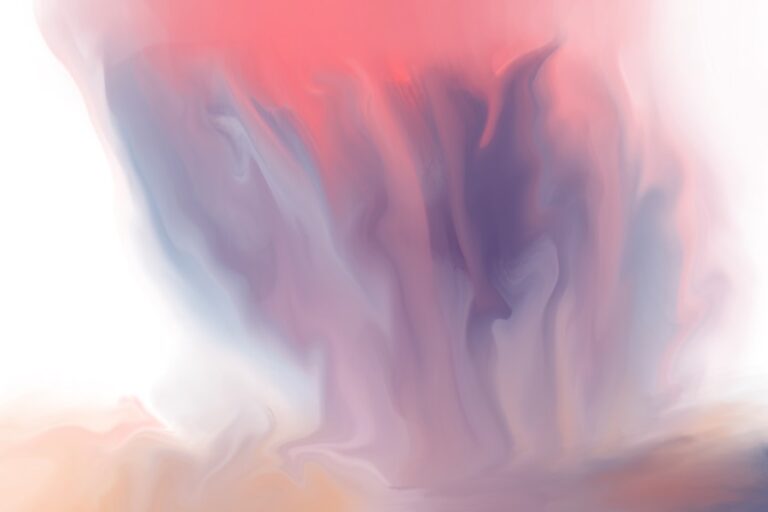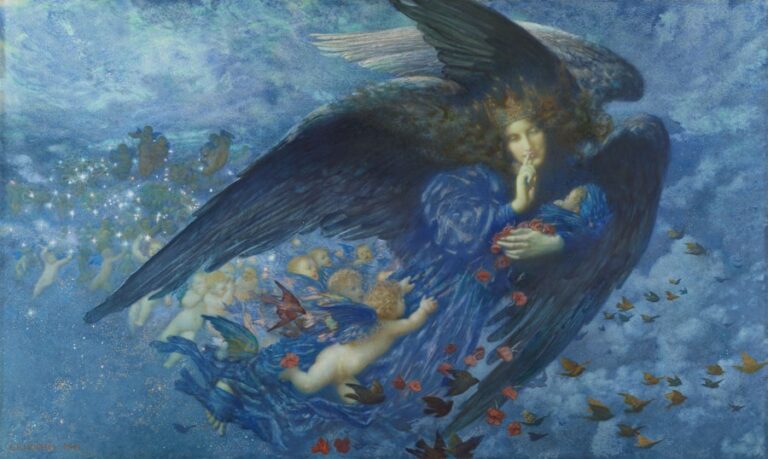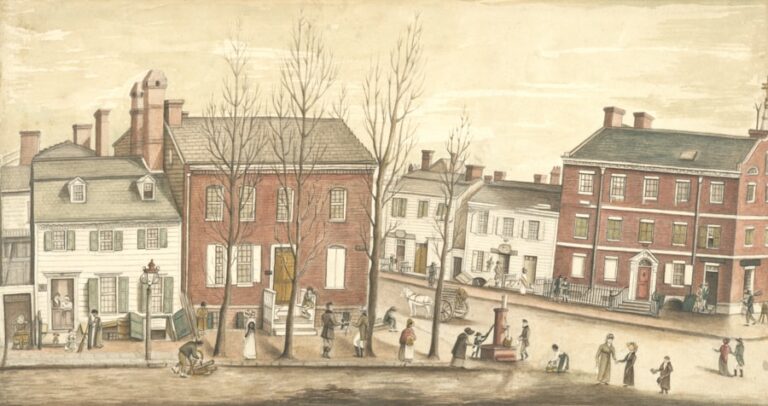From NFTs to Virtual Galleries: The Evolution of the Digital Art Market
The digital art market has experienced a significant shift in recent years with the rise of Non-Fungible Tokens (NFTs). NFTs are unique digital assets that represent ownership of a specific piece of digital art or content, and they are stored on a blockchain, making them secure and tamper-proof. This technology has revolutionized the way digital art is bought, sold, and collected, as it allows for the creation of a digital certificate of authenticity and provenance for each piece of art. NFTs have gained popularity due to their ability to provide artists with a new way to monetize their work and collectors with a new way to invest in and own digital art. The NFT market has seen explosive growth, with high-profile sales of digital art reaching millions of dollars, and it has attracted attention from both traditional art collectors and tech-savvy investors.
The rise of NFTs has also sparked a debate about the value and legitimacy of digital art. Some critics argue that NFTs are simply a speculative bubble driven by hype and speculation, while others see them as a legitimate form of ownership and investment in the digital art market. Regardless of the controversy, NFTs have undeniably brought attention to digital art and have opened up new opportunities for artists to reach a global audience and monetize their work in ways that were previously not possible. As the digital art market continues to evolve, it is clear that NFTs will play a significant role in shaping its future.
Virtual Galleries: A New Way to Experience Art
The emergence of virtual galleries has transformed the way people experience and interact with art. Virtual galleries are digital platforms that allow users to explore and view artwork in a virtual space, often using immersive technologies such as virtual reality (VR) or augmented reality (AR). These platforms provide a new way for artists to showcase their work to a global audience and for art enthusiasts to discover and engage with art from the comfort of their own homes. Virtual galleries also offer a more inclusive and accessible way to experience art, as they eliminate the barriers of physical location and allow people from all over the world to participate in the art world.
Virtual galleries have also become a popular venue for hosting art exhibitions and events, as they offer a unique and interactive experience for both artists and viewers. These platforms have the potential to revolutionize the traditional gallery model by providing artists with new opportunities to exhibit their work and connect with collectors and art enthusiasts. As technology continues to advance, virtual galleries will likely become an integral part of the art world, offering a new way for artists to showcase their work and for audiences to engage with art in innovative and immersive ways.
The Impact of Blockchain Technology on the Art World
Blockchain technology has had a profound impact on the art world, particularly in relation to provenance, authenticity, and ownership. Blockchain is a decentralized and transparent digital ledger that records transactions in a secure and immutable manner. In the context of the art market, blockchain technology has been used to create digital certificates of authenticity and provenance for artworks, providing a secure and tamper-proof record of an artwork’s history and ownership. This has helped to combat issues such as art forgery and fraud, as well as providing artists and collectors with a new way to verify the authenticity of artworks.
Furthermore, blockchain technology has also facilitated the rise of NFTs, which have revolutionized the way digital art is bought, sold, and collected. NFTs are stored on a blockchain, providing a secure and transparent record of ownership for each piece of digital art. This has created new opportunities for artists to monetize their work and for collectors to invest in and own digital art in a secure and verifiable way. As blockchain technology continues to evolve, it is likely to have an even greater impact on the art world, providing new solutions for issues such as copyright protection, royalty payments, and provenance tracking.
Collecting Digital Art: Challenges and Opportunities
Collecting digital art presents both challenges and opportunities for collectors. One of the main challenges is the intangible nature of digital art, as it does not have a physical form like traditional artworks. This can make it difficult for collectors to assess the value and authenticity of digital art, as well as to display and enjoy it in their homes. However, digital art also offers unique opportunities for collectors, such as the ability to own rare and unique pieces that are not constrained by physical limitations. Additionally, the rise of NFTs has provided collectors with a new way to invest in and own digital art, as NFTs provide a secure and verifiable record of ownership for each piece of artwork.
Another challenge for collectors is navigating the legal and copyright issues surrounding digital art. As digital art is easily replicable and shareable, it can be difficult for artists to protect their work from unauthorized use or reproduction. Collectors must be mindful of these issues when acquiring digital art, as they may be held liable for copyright infringement if they do not have proper authorization to display or distribute the artwork. However, these challenges also present opportunities for collectors to support artists by purchasing their work through legitimate channels and advocating for fair compensation and recognition for their creative efforts.
The Role of Cryptocurrency in the Digital Art Market
Cryptocurrency has become an increasingly important factor in the digital art market, particularly in relation to the sale and purchase of NFTs. Cryptocurrency is a decentralized digital currency that uses cryptography for secure financial transactions, making it an ideal medium for buying and selling digital assets such as NFTs. Many NFT marketplaces accept cryptocurrency as payment for NFTs, providing artists and collectors with a secure and efficient way to transact in the digital art market. Additionally, cryptocurrency has also provided artists with new opportunities to monetize their work through tokenization and crowdfunding, as well as offering collectors with a new way to invest in and own digital art.
The use of cryptocurrency in the digital art market has also raised questions about its impact on traditional financial systems and regulations. As cryptocurrency transactions are decentralized and often anonymous, they can present challenges for regulators in terms of monitoring and enforcing financial laws. Additionally, the volatility and speculative nature of cryptocurrency can pose risks for both artists and collectors in the digital art market. However, cryptocurrency also offers potential benefits such as lower transaction fees, faster settlement times, and greater financial inclusion for artists and collectors around the world.
The Future of Digital Art: Trends and Innovations
The future of digital art is filled with exciting trends and innovations that are shaping the way artists create, share, and monetize their work. One major trend is the use of immersive technologies such as virtual reality (VR) and augmented reality (AR) to create interactive and immersive experiences for viewers. These technologies allow artists to push the boundaries of traditional art forms by creating dynamic and interactive artworks that respond to the viewer’s movements or interactions. Additionally, advancements in artificial intelligence (AI) are enabling artists to create new forms of generative art that are constantly evolving and adapting based on algorithms or data inputs.
Another trend in the digital art world is the rise of decentralized autonomous organizations (DAOs) as a new model for funding and supporting artists. DAOs are blockchain-based organizations that operate without centralized control, allowing members to collectively govern and fund projects through decentralized decision-making processes. This model has provided artists with new opportunities to receive funding and support from a global community of patrons, as well as offering collectors with a new way to invest in emerging artists or projects. As technology continues to advance, it is likely that these trends will continue to shape the future of digital art by providing new opportunities for artists to create innovative and engaging artworks.
Navigating Copyright and Ownership Issues in the Digital Art Market
Navigating copyright and ownership issues is a critical consideration for both artists and collectors in the digital art market. One major challenge is protecting digital artworks from unauthorized use or reproduction, as they can be easily replicated or shared online without proper authorization. Artists must be proactive in protecting their work by using watermarks or encryption techniques to prevent unauthorized use or distribution. Additionally, artists should consider using blockchain technology to create digital certificates of authenticity and provenance for their artworks, providing a secure record of ownership that can be verified by collectors.
For collectors, it is important to ensure that they have proper authorization to display or distribute digital artworks in their collections. This includes obtaining licenses or permissions from artists or rights holders before acquiring or displaying digital artworks. Additionally, collectors should be mindful of copyright laws when purchasing or selling NFTs, as they may be held liable for copyright infringement if they do not have proper authorization to transact in digital artworks. As the digital art market continues to evolve, it is likely that copyright and ownership issues will remain a key consideration for both artists and collectors, requiring proactive measures to protect creative rights and ensure fair compensation for artistic endeavors.
In conclusion, the rise of NFTs has brought significant changes to the digital art market by providing new opportunities for artists to monetize their work and for collectors to invest in and own digital art in a secure and verifiable way. Virtual galleries have transformed the way people experience art by offering an immersive and accessible platform for artists to showcase their work to a global audience. Blockchain technology has had a profound impact on the art world by providing secure records of authenticity and ownership for artworks, as well as facilitating the rise of NFTs. Collecting digital art presents both challenges and opportunities for collectors, requiring careful consideration of legal and copyright issues when acquiring or displaying artworks. Cryptocurrency has become an increasingly important factor in the digital art market by providing a secure and efficient way to transact in NFTs, as well as offering new opportunities for artists to monetize their work through tokenization and crowdfunding. The future of digital art is filled with exciting trends and innovations that are shaping the way artists create, share, and monetize their work, including immersive technologies such as VR/AR, generative AI art, and decentralized funding models through DAOs. Navigating copyright and ownership issues is a critical consideration for both artists and collectors in the digital art market, requiring proactive measures to protect creative rights and ensure fair compensation for artistic endeavors. As technology continues to advance, it is likely that these factors will continue to shape the future of the digital art market by providing new opportunities for artists to create innovative artworks while ensuring fair compensation for their creative efforts.






